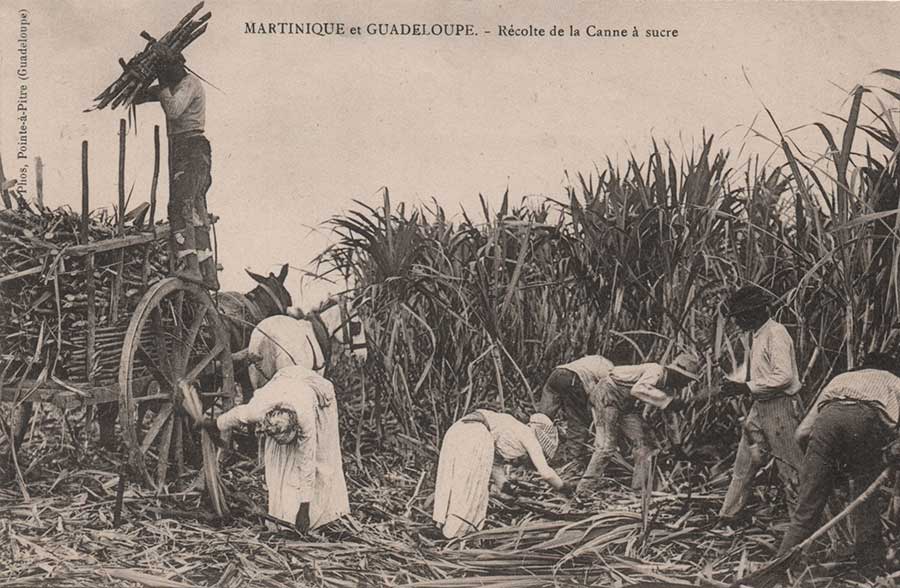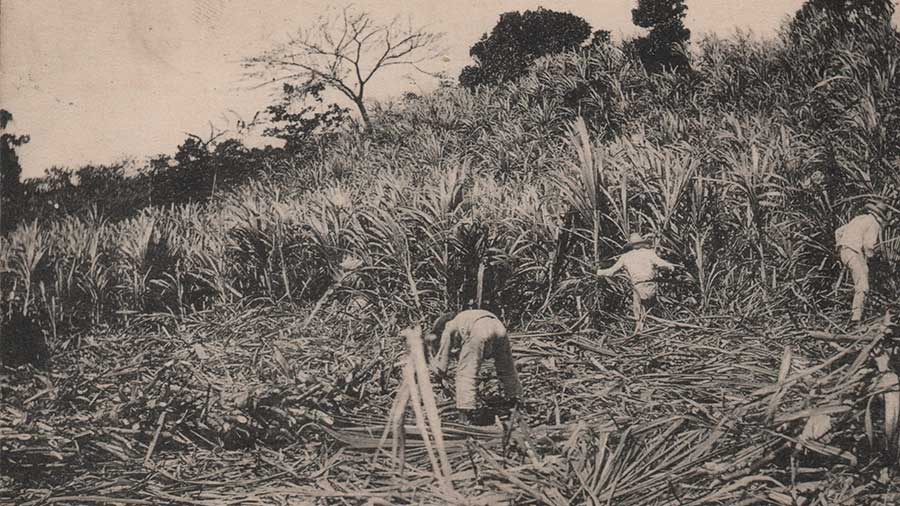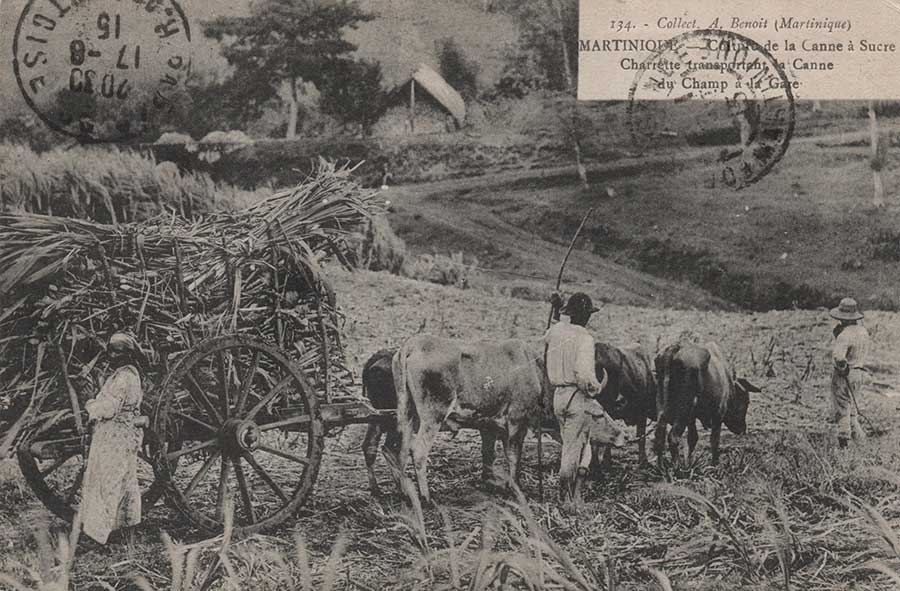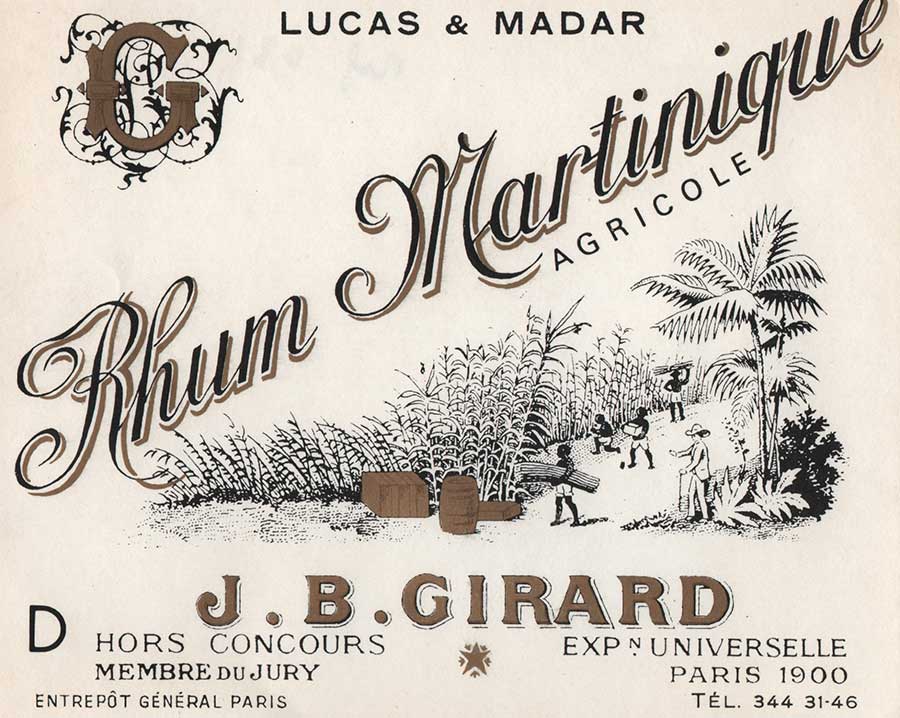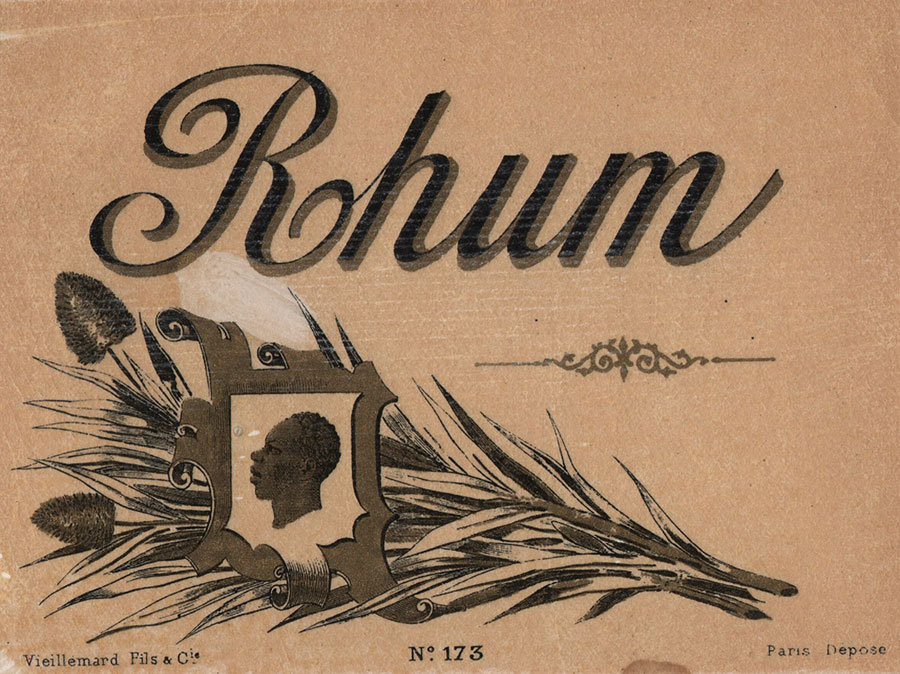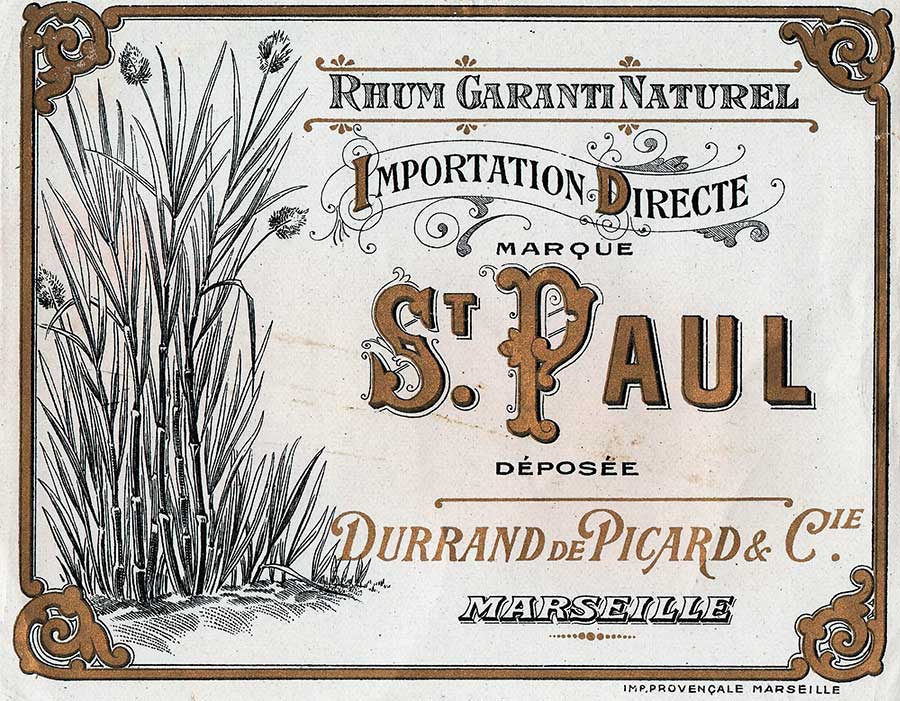The quota system (which allows the overseas departments to send given quantities of rum to mainland France at a fiscally advantageous price) is 100 years old. A look back at the first 20 years of this measure, which helped organize the rum industry and initiate a (finally) constructive dialogue between producers and the State.
For a century now, the French rum market has been governed by the “quota” regime, i.e., by limiting the import of a certain quantity of rum with access to the market under advantageous tax conditions. This regime, which was passed on the sly on December 31, 1922, illustrates the ambiguous relationship between the State and rum producers. The State’s position on the rum market was one of brutal interventionism, and it took two decades for producers to assert their point of view by organizing themselves at the national level.
In the beginning was the War
One must go back to the 1914 War to understand the rum market in 1922. Rum prices remained stable for more than a year and then suddenly rose at the end of 1915. In 1916, the State tries to rebalance the global alcohol market. Through different laws, it granted itself a monopoly on so-called industrial alcohol (beet alcohol, potato alcohol, etc.) to supply the front line, hospitals and to manufacture gunpowder, and authorized itself to requisition potable alcohol (wine, cider, marc and fruit distillates, etc.), including rum, but left this market free. Then he banned imports of foreign alcohol to fight against the country’s trade deficit. In the case of potable alcohol, which could be rectified if necessary, the State retroceded the surplus as and when necessary.
This did not prevent the price of rum from rising to the point where the colonies decided to import foreign molasses to be distilled in order to fill the gap left by foreign alcohol on the metropolitan market. The colonial rum takes more space on the market to the great displeasure of the State which thus prohibits the importation of foreign molasses in the colonies in 1917, then in Guyana in 1919.
These different measures, which may appear contradictory at first glance, are always aimed at respecting the balance between the country’s needs and the commercial balance. But in 1918, the submarine war in Europe caused a severe drop in rum imports. At the end of the same year, the Spanish flu caused an excessive requisition of rums to fight against this virus. Prices soared in a few months from 400 francs per hectoliter, to 650 francs, then 1200 francs.
A post-war battle
The soaring price of rum only lasted a short time. In 1919, two phenomena changed the situation. The first was the normal resumption of maritime trade between the colonies and the metropolis. The difficulties of transport had generated an increase in stocks which were massively poured onto the market when peace returned. The second was the rapid return to the market of surpluses requisitioned by the army some time before the armistice of November 11. Prices collapsed rapidly to reach 200 francs per hectoliter in 1921. Rum seduces the population by its taste and its price. The brands promote rum to fight against the Spanish flu.
The metropolitan brandies are competing on two aspects. The first is obviously the market of mouth, the second, that of the rectification. This second market allows the creation of neutral alcohol used in the industry. Faced with the fall in rum prices, industrialists wanting rectified alcohol are buying rum at very low prices to rectify it, to the detriment of metropolitan spirits. The brandy producers tried in vain to ban the rectification of rum. By 1922, rum had almost completely ousted mainland spirits from the rectification market. They then tried to limit the degree of imported rums to make rectification more expensive. Here again, in vain. There is only one solution left: to limit the imports.
Happy new year 1923!
During the debate on the finance law held in December 1922, some deputies inserted an article strongly taxing the import of colonial rums except for a quantity, a quota, which would be free of duties. No deputy from the colonies was present except for the deputy from Guadeloupe, Candace. Alone against all, he was forced to accept the principle and tried to obtain the most advantageous conditions for colonial rums.
He proposed, for example, to fix a quota of about 230,000 hectoliters against the 145,000 proposed by the supporters of the text, and hoped to abolish the quota when metropolitan spirits had regained their place on the market. It was a lost cause. Article 9 of the finance law of 31 December 1922 set the quota at 160,000 hectolitres of rum with a maximum alcohol content of 65%. It is now necessary to fix the quota by territory by decree.
Clever calculations
The figure of 160,000 hectoliters is based on pre-war production, which further irritates the rum-producing territories, which are up in arms against the authoritarian reform. On February 20, 1923, a decree fixed the distribution of the 160,000 hl for each territory, this time based on the production of the territories during the war, which gave a proportional advantage to Martinique, the largest producer during this period.
Here is the breakdown: Martinique 80,000 hl, Guadeloupe 60,000 hl, Reunion 18,000 hl, Indochina 1133 hl, Madagascar 630 hl, Indochina 140 hl, Mayotte 92 hl, Oceania Establishment 3 hl, Caledonia 2 hl.
Within the territories, the producers must be separated into two groups, on the one hand the sugar factories and on the other hand the agricultural distilleries. Then, the average production of the distilleries is taken into account to distribute among each producer.
Very quickly, even too quickly, rum prices recover. Rum became the subject of all kinds of speculation. Paradoxically, the rise in prices reassured some producers and importers alike, but the right measure had to be found. In December 1923, the quota was raised to 185,000 hectoliters, then to 200,000 hectoliters in 1925 and to 201,165 hl in 1934. The market stabilized and the producers were nevertheless satisfied with the project.
The distribution of the quota within the territories nevertheless raises questions. The Guadeloupean producers were upset, arguing that they have the same area of sugarcane as Martinique and believe that the overproduction of Martinique during the war was due to the import of foreign molasses.
These protests were in vain. Within the territories, the years of production used for the factories and agricultural distilleries, used as a basis for the distribution of quotas by unit, namely 1912-1920, disadvantaged the latter, many of which were born at the end of or even after the war.
Long live the crisis?
The 1930s opened with a consumer crisis that led to the application of a particularly harmful clause in the quota system. If the quota was not reached, the shortfall in exports was carried over to the following year, which mechanically increased the export quota.
At first, the prices charged satisfied the producers, but not necessarily the consumer who eventually found it too high, and turned away from rum. This time, it was the rum producers who called on the State for help, and an alliance between the producers and the State was formed, this time upstream of the decisions.
In 1934, a decree withdrew 40,000 hl from the quota and carried it over to the following year. This had no effect. In March 1935, a decree called “staggered shipments”, extremely complicated to implement, was issued. It was ineffective. On September 21, a radical measure was necessary. In consultation with the professionals of the sector, the State buys back 50,000 hl of quota rums from Martinique and Guadeloupe, at 400 Fr per hectoliter, to rebalance the market. In fact, the conditions are very flexible since the producers can refuse to produce the quantities concerned if they consider the price too low. To finance this purchase, the State set up a temporary tax of 60 Fr per hectolitre on consumption.
A (really) good year 1938!
The measures have a real success, but limited in time. Also the producers having seen the price going up ask the State, in view of these new experiments to establish a perennial regime. But the metropolitan actors, importers and traders, exposed to the tax of 60 francs, protest. Basically, the rapprochement between the State and the rum producers was to the detriment of the merchants who wanted a more liberal regime, although everyone supported the idea of releasing quotas by tranche according to a minimum price that would ensure the profitability of rum for all the players.
The mechanism carried by the State finally imposed itself with tight regulations based on the triptych of staggering, financing and reorganization. The December 1937 Finance Act established these principles. Each instalment had to be released according to the market price. The tax of 60 Fr per hectoliter, originally provisional, was written into the law and the State would punish the excess quota if the price of rum fell. The surplus brought in by the tax is to be allocated to the fight against fraud. Finally, at the request of the producers, the State undertook to maintain the quota system for a period of at least ten years, thus making a spectacular turnaround in history.
Institutionalizing the rum market
This finance law marked a turning point that would be confirmed after the war. Until then, negotiations were organized in turn with the various players. On March 8, 1938, a decree set up the “Consultative Commission for Rum”. This interprofessional committee, composed of 51 members including presidents of parliamentary committees, parliamentarians, representatives of the colonies, colonial and domestic trade, importers, consumers and shipping companies, aims to guide the government’s policy by acting on the setting of a minimum price, staggering, market sanitation, i.e. the withdrawal of surplus rum from the market, and financing.
In less than 20 years, the rum market has moved from a liberal regime to a controlled system of co-management in which the sector organizes itself to find its own equilibrium and to orientate the State’s policy. The State played a stabilizing role, but also a moderating role to prevent rum from taking up too much space on the market, to the detriment of metropolitan brandies. Naturally, the Second World War disrupted all this and other problems arose, but this organizational effort marked the post-war years.

